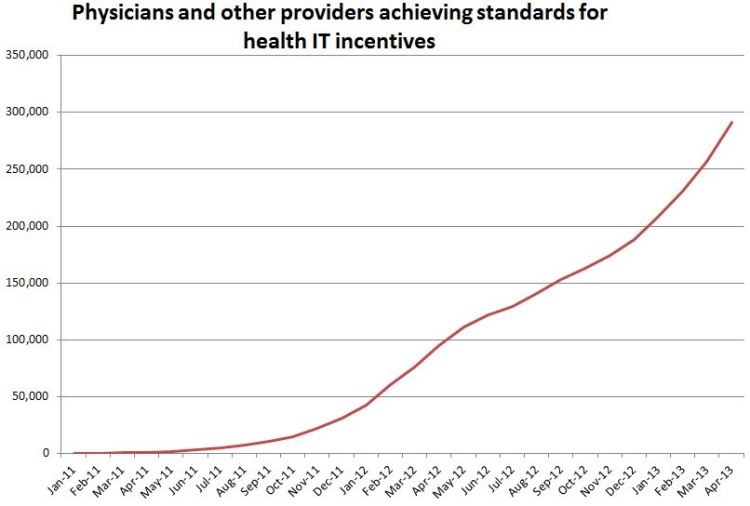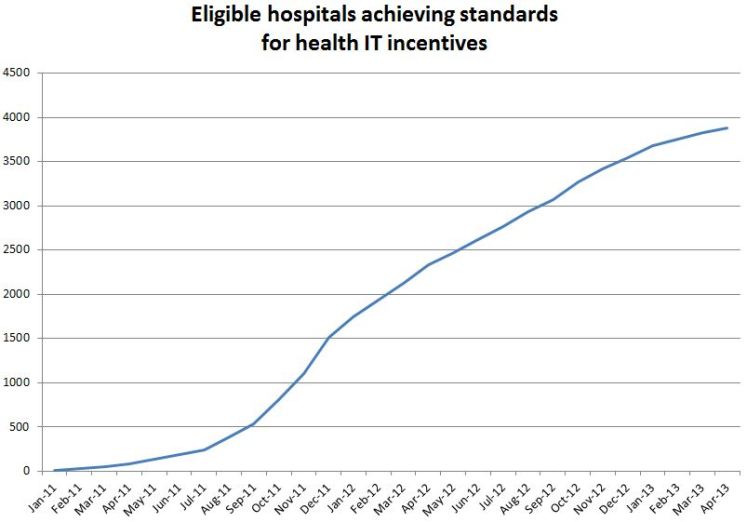On November 4, our Center—along with the Knight-Wallace Fellows at Michigan, Institute for Healthcare Policy and Innovation, and Michigan Radio—held a symposium at the University of Michigan on communication of the Affordable Care Act. The symposium was energetic and the panelists thoughtful. But, what has been most striking to me has been the reaction we have received from those who attended (almost 400 were there). For the most part, people loved the different opinions expressed and were thrilled to hear viewpoints different from their own. The reaction of our audience shows that actual dialogue is possible when we create the right opportunities.
We were fortunate to have as panelists many of those who have given this issue a tremendous amount of thought. Our policy panel included:
- John Ayanian, MD, MPP, director of the Institute for Healthcare Policy and Innovation at the University of Michigan
- Tom Buchmueller, professor at the Stephen M. Ross School of Business at the University of Michigan
- Michael Cannon, director of Health Policy Studies at the Cato Institute
- Heather Howard, JD, director of the Robert Wood Johnson Foundation’s State Health Reform Assistance Network
Our journalism panel included:
- Reed Abelson, health care business reporter at The New York Times
- Steven Brill, author of “Bitter Pill: Why Medical Bills are Killing Us” featured in TIME Magazine
- Jonathan Cohn, senior editor at The New Republic
- Holman Jenkins, Jr., member of the editorial board and columnist at The Wall Street Journal
- Sarah Kliff, health policy reporter at The Washington Post
- Julie Rovner, health policy correspondent at NPR
The journalists were thoughtful and reflective about how they cover the Affordable Care Act. They clearly have given much thought to even what they call it—Obamacare or the ACA. And, they were impressive in how much research they have done on the facts and how much they try to represent those facts. Even those who editorialize rather than simply report about the ACA (Holman Jenkins, Jr., and Jonathan Cohn) expressed their thoughts as questions or frameworks for really probing the law and its impact rather than polemicizing.
On the policy side, Heather Howard focused on how implementation was going and the role of the states. John Ayanian and Tom Buchmueller framed the law in terms of its impact on patient care and economic impacts. All three were expressed support for the law. Michael Cannon, on the other hand, forcefully articulated a negative view of the law along with how it has been described. He laid out how the law does not reflect the kinds of market principles that Michael thinks are necessary to truly reform health care along with his concerns that the law moves health care reform in the wrong direction.
Most of those in the audience were generally supportive of the ACA and Michael’s views were often at odds with theirs. But, even though his views were strongly different from the audience at large, it was his comments that generated the most positive reaction from the attendees. Indeed, they were grateful to hear a viewpoint that was clearly and cogently articulated and that was so different from their own. They gave us comments like, “This is what should happen at a university” and “I’m very glad that Michael Cannon was included—he was sharp and engaged and pushed the conversation into fascinating territory.”
We all spend a lot of time with people who think like we do. We tend to work in environments where there are shared world views shaped by common experiences. We tend to socialize with those who have similar beliefs to ours. But, as a result, we miss the opportunity to learn about different world views and different ways of thinking. Creating more opportunities for that kind of understanding seems to be a hunger we share. We can, indeed, learn from each other—if only we have those chances. We are grateful to all of our panelists for giving us that chance at the University of Michigan.

